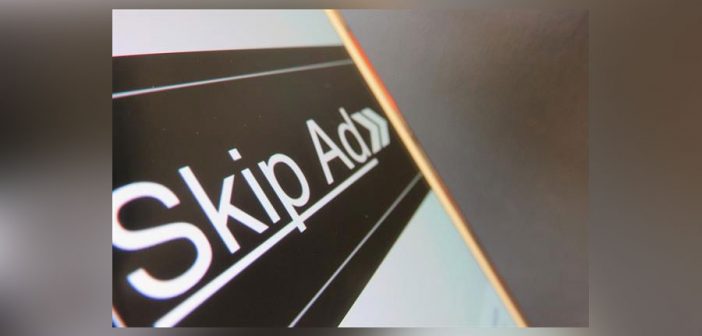Which creative tactics allow a brand to combine the high completion rate of a six-second ad with the emotional connection from a longer format?
Six-second mobile video ads can still engage viewers as much as their traditional TV predecessors, as long as brands keep the messaging simple and the storytelling succinct.
For an advertising industry used to TV’s more generous half-minute slots, getting engagement in just six seconds on a small screen with no guarantee the sound is on is a tall order.
Nevertheless, brands have risen to the challenge set by short-form ads and tried different approaches to build engagement. So we thought it was time to scientifically evaluate what works best. Cut-down TV ads or purpose-made six-second mini-ads? Music or voiceover, subtitles or captions, animation or live action?
To get definitive answers, we worked with Realeyes, the company that uses face-scanning technology to measure emotions and engagement when people view an ad. The study involved 12,000 respondents watching 166 six-second ads, offering some fascinating insights into how to get the best out of the new, cut-down advertising window.
30 seconds works best
First off, a statement of the obvious. Six-second ads are short and so offer high completion rates – roughly double what you would expect for a 30-second ad.
However, because they take less time, they deliver a lower emotional engagement with the viewer. Our research found that six-second mobile video ads reach an average EmotionAll engagement score (as Realeyes calls it) of 3.6 on mobile devices. This compares with 5.1 for longer formats – a 41% improvement when creatives are given more time.
That is not to say the six-second slot cannot be engaging. The question is: which creative tactics allow an advertiser to combine the high completion rate of a six-second ad with an emotional connection approaching what one might expect from a longer format?
Tell a story, quickly
The most successful mobile video ads in our study combined being purpose-made for the six-second time slot with telling a strong story. This dual approach saw emotional engagement lift by a third compared with those that were created for a six-second slot but lacked a narrative thread.
The big lesson here is that advertisers that think they can squeeze a 30-second story into six-seconds with clever editing are in for a rude awakening. On average, this approach leaves nearly one in five viewers not getting what the ad is about. One ad we tested left more than a quarter of the audience confused.
Celebrities are not the answer, either. Shorter video ads that featured well-known brand ambassadors actually saw 35% lower emotion scores.
Funny, simple and close up
So, if heavily editing a 30-second ad down to just six seconds cannot even be saved by a famous face, what does work?
Well, in the short timeframe advertisers have to work with, humour is a big winner, lifting engagement with a piece of creative by up to 50%.
Working with real-life scenes is also recommended, because animations see a drop off in engagement of about a quarter. Close-up shots are also advisable. The best-performing ad in our study is an ad for Royal Canin (above) featuring a close-up of a puppy.
It is this level of simplicity that works best in a short video ad. Try to cram too much in and include more than three messages and engagement drops by nearly a fifth.
Factoring in no sound
While advertisers can normally take it for granted a TV will have the sound turned on when an ad runs, the same cannot be said for mobiles, which may be in use as a second screen or providing silent entertainment on the commute to work.
So sound needs to be completely rethought. Music is no longer the go-to tactic to immediately elicit an emotional connection. In fact, six-second ads with no music, such as what Milky Way has made (below), average a 20% lift in emotional engagement.
To help viewers understand a narrative, ads with dialogue or a voiceover need to be optimised to ensure they are understandable without sound. We found that captions well-integrated within a video are preferable to subtitles because viewers find text on top of the creative a distraction.
Calls to action
One of the things that surprised us about how advertisers are approaching six-second slots is that only about one in six (such as 7Up, below) bother with a call to action. It feels like videos are building interest but not directing viewers towards a desired outcome.
There is certainly no suggestion that viewers are averse to a sales message. Logos have no impact on engagement, even if they’re run throughout the whole six seconds, and pack shots are well-received too.
The overall lesson for advertisers is: don’t be scared of the six-second ad slot. It’s still an opportunity to sell or improve branding – it just needs a simple approach that works with or without sound to convey a compelling, and hopefully humorous, story in as short a time as possible.
–
This article first appeared in www.campaignlive.co.uk
Seeking to build and grow your brand using the force of consumer insight, strategic foresight, creative disruption and technology prowess? Talk to us at +9714 3867728 or mail: info@groupisd.com or visit www.groupisd.com

